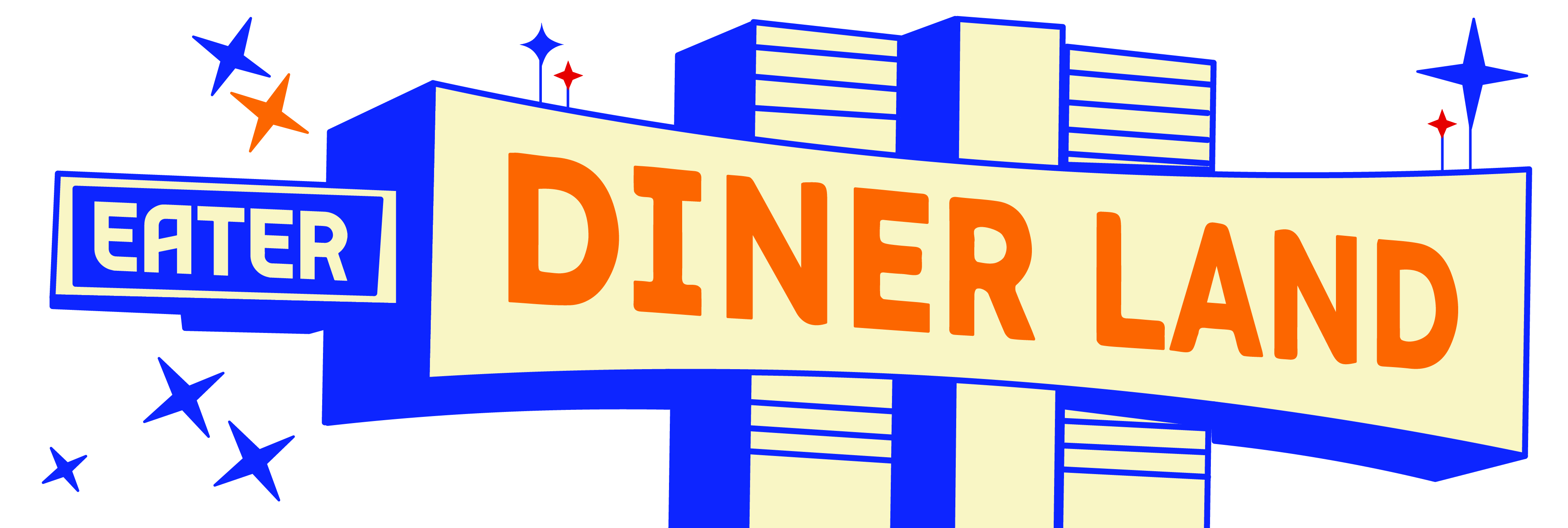Gary “the Foodie” Okazaki — the food influencer, gourmand, and friend to the culinary stars — has dined in some of the world’s best restaurants, from Lima’s Central to three-Michelin-starred Addison in San Diego. Those who follow him, however, know that Gary the Foodie can appreciate an inexpensive meal out. “Given what’s Portland is going through right now, the price it costs to eat at restaurants, it’s nice to find places that have dishes under $20,” he says. “It’s challenging to find anything under $10.”
However, when he’s looking for a budget-friendly dinner, he often revisits a Portland stalwart frequented by the city’s artists and lifelong residents: My Father’s Place, the diner-meets-dive bar that has sat on Southeast Grand Avenue since 1978. “My Father’s Place has hundreds of options under $20,” he says. “I don’t know if anything is above $20.”
Walking into My Father’s Place, the vibe shifts from its 7 a.m. open to its 2:30 a.m. close. The pool tables, pinball machines, and jukebox get significantly more play in the evening, while the diner counter fills with regulars sipping coffee in the early hours of the day. Breakfast is available from morning to evening, however, with quintessential diner fare like corned beef hash, chicken-fried steak and eggs, and short stacks of pancakes.

When Okazaki first visited, however, he wasn’t there for breakfast; he was there for Flaming Dr Peppers. Chef Joel Stocks and photographer Emily Stocks brought Okazaki to My Father’s Place six years ago. Stocks walked him through the process, telling him to pick up the shot glass and drop it in the pint of beer. Things didn’t go as planned — Okazaki set himself on fire instead. “Luckily, I was surrounded by chefs who could put the fire out,” he says. Now, when he orders a Flaming Dr Pepper, he lets the bartender drop it in the glass for him.
These days, Okazaki prefers to eat at My Father’s Place — pork chop dinners for $15.50, top sirloins for $17, and, most notably, liver and onions. “I never see liver and onions on Portland menus,” he says. “My mom cooked it occasionally growing up, and I didn’t love it back then. But as I grew older, I grew to like the liver part of it, the iron-y flavor.”
While many Portland diners don’t really match the aesthetic of the prototypical American diner, My Father’s Place — despite its dive bar qualities — really does. It has the long diner counter, the vinyl lined booths, the heavy white mugs, the plastic salt and pepper shakers.
In the Pacific Northwest, the combination dive-bar diner is a more common phenomenon, with places like Lost Lake and North Star in Seattle, or Spare Room in Portland; in Oregon, bars are required to serve food to retain a liquor license, which may be part of the reason for the overlap. But these two-in-one spots, where one can get the night started or sober up before calling a Lyft, have entered the frequent rotation of musicians and chefs because of their hours and price point — open after most restaurants close, for a post-shift drink or a reviving pile of pancakes. Despite its popularity among many Portlanders as a dive bar, to Okazaki, My Father’s Place is a diner first.
“When I think of a diner, I think of those converted train cars,” Okazaki says. “Those are more East Coast diners. I remember going to Philadelphia diners, and you could tell they were diners. Being in the Pacific Northwest, it’s more amorphous. …But when you walk into the diner part of [My Father’s Place], you kind of know it when you see it — ‘This is a diner.’”
